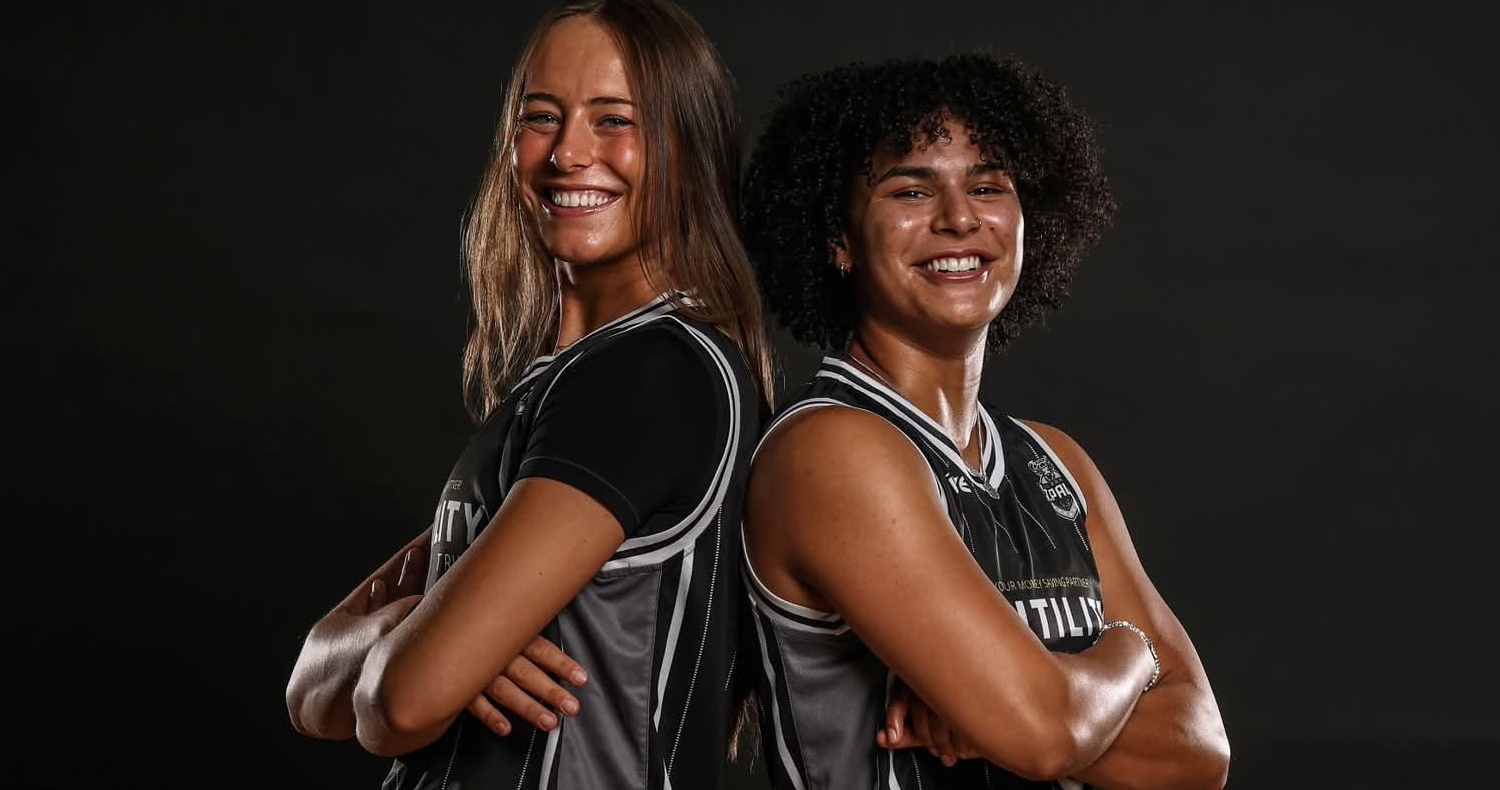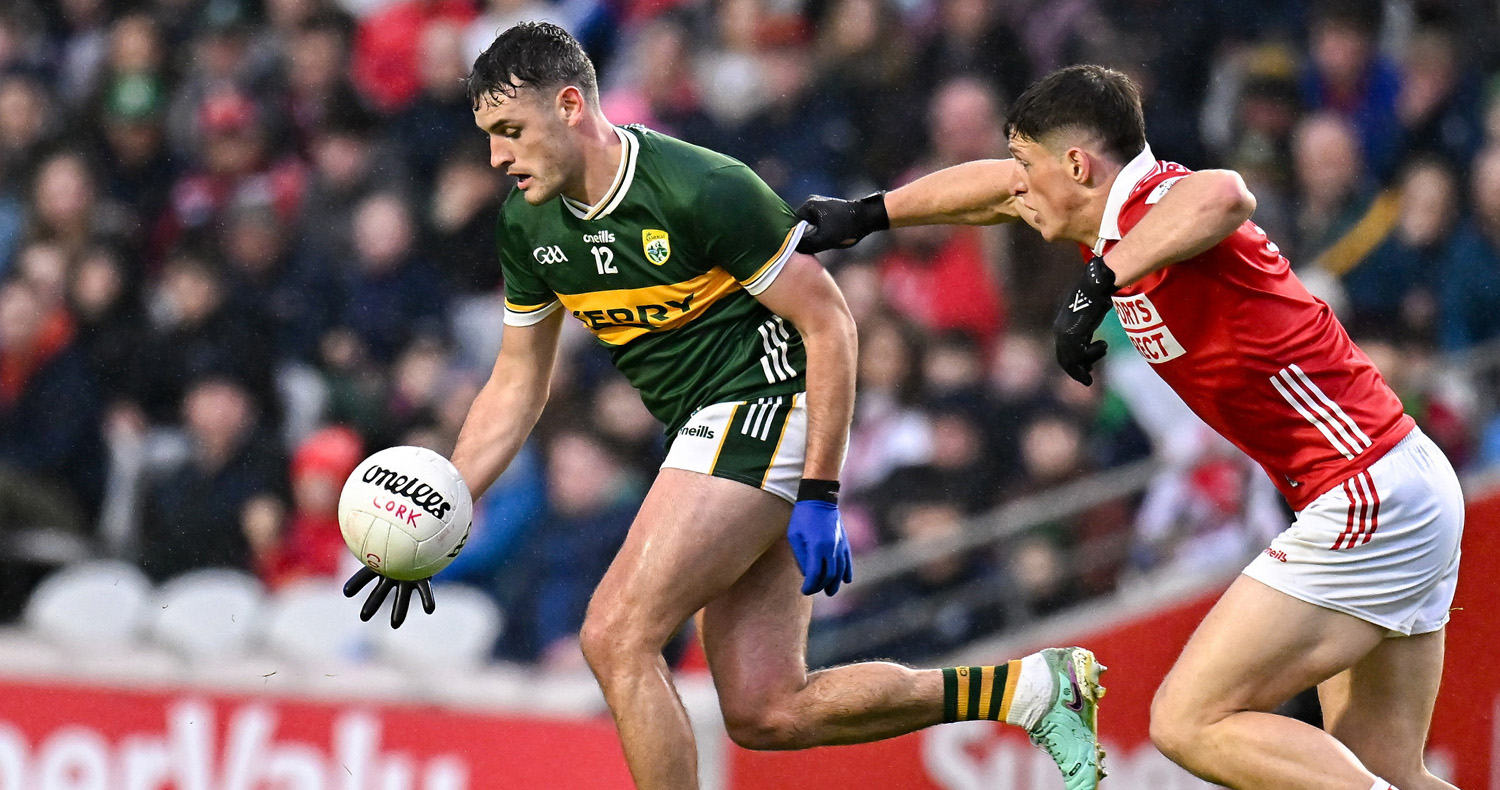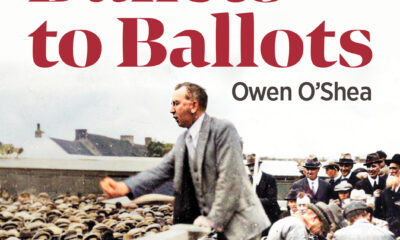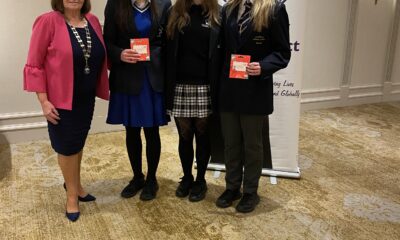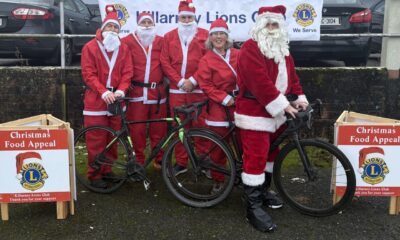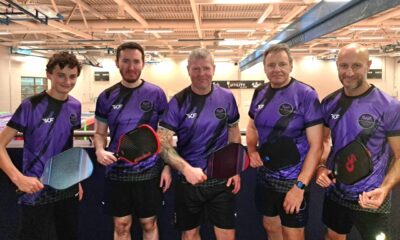Sport
‘Few and far between’ – Why are so few POCs and Eastern Europeans joining the GAA?

by Adam Moynihan
Almost 16% of people living Kerry are of non-‘White Irish’ descent, yet our Gaelic football teams are almost exclusively made up of white Irish players. In Part II of a three-part series on racism in Irish sport, Adam Moynihan asks why so few foreign nationals and people of colour are lining out for their local GAA clubs.
A little over 12 months ago, the GAA published a new manifesto titled ‘Where We All Belong’. It was part of a wider campaign aimed at highlighting the role the Association plays within the community, and a “celebration of our shared values and of all the people who make our GAA what it is”.
“We all belong here,” it begins. “In this place. At this time. Being here means belonging. Belonging means knowing you’re part of a community. A community that has a place for all.”
It’s a nice thought and the GAA does undoubtedly play a huge role in Irish life but, in light of recent revelations, one has to wonder if people who are not white and Irish really feel like they “belong” in our national games.
High-profile intercounty players like Lee Chin of Wexford, Seán Óg Ó hAilpín of Cork and Boidu Sayeh of Westmeath have all been the victims of racism on the pitch and, over the last week or so, many more people of colour within the GAA have spoken out about the vile racial abuse directed at them by opponents.
In Kerry alone, Brian Okwute of the Killarney Legion, Stefan Okunbor of Na Gaeil and Franz Sauerland of An Ghaeltacht have all told of their own personal experiences.
No matter how welcoming your own club and your own teammates are, it must be difficult to feel like you truly belong when a member of the opposition asks, “why are you playing this sport?” or says, “go back to your cotton fields”.
Sauerland, a Gaeilgeoir who was born and raised in Ard na Caithne in West Kerry, has been on the receiving end of both of those comments. Of course, the great irony is that if Sauerland replied as Gaeilge, the other lad, who no doubt considers himself to be as Irish as Irish could be, probably wouldn’t be able to understand him.
Historically, Gaelic games have always been considered innately Irish and, on the one hand, that is a source of great pride to us all. But what if this ‘GAA = Irish’ mentality actually contributes to these instances of racial abuse on the pitch?
Ireland is an increasingly multicultural society but do some of our young men still feel as though Gaelic games are for Gaels only, which in turn makes it easier for them to single out people of colour like Sauerland (despite the fact that many POCs and sons and daughters of immigrants are as Irish as the rest of us)?
And does holding the GAA up as this bastion of Irishness actually make immigrants and the children of immigrants reluctant to join the Association in the first place?
The numbers suggest that something is keeping people whose ethnicity is anything other than ‘White Irish’ away.
Take Kerry as an example. Almost 16% of our population is Black, Asian, Eastern European, mixed race or another non-‘White Irish’ ethnicity, but only a tiny fraction of our Gaelic footballers come from any of these communities.
If you look at senior men’s football, how many non-‘White Irish’ players are there in the entire county? I’ve done some research and consulted with supporters and between us we can only come up with eight names. Eight. (The true figure may be higher but I would be surprised if it’s much higher than that.)
Let’s say the 72 teams (including B teams) playing senior football in Kerry have roughly 1,600 players between them. That would mean that approximately 0.005% of our adult playing population has an ethnicity or nationality or any kind of background at all that’s anything other than white and Irish.
Of course, a significant portion of the 16% mentioned earlier would be the children of immigrants who are simply not old enough to play senior football yet. It is, however, unlikely that they’ll graduate to senior if they’re never picking up an O’Neills in the first place.
A SMALL PERCENTAGE
The Killarney Legion is a relatively large town club in a relatively diverse town. One would imagine that, of the 60 or so Gaelic football clubs in the county, Legion would have more POCs and players of non-Irish descent than most.
However, club chairman Fergal Moynihan says that although they have tried to recruit children from different backgrounds, juvenile players who are not white and Irish are “few and far between”.
“The club has made an effort to reach out and attract more people because of the demographics in Killarney,” Fergal explains. “There are a lot of different ethnicities here, and the Irish population is lower than it was before.
“There would be some Polish children involved but if I look at the academy now, there doesn’t seem to be a high participation rate across different ethnic groups within the Legion. And I haven’t seen it at other clubs either, to be honest with you.
“There are a few but it would be quite a small percentage.”
The low number of Eastern Europeans taking part in Gaelic games is somewhat surprising considering the size of the Polish, Lithuanian and Latvian communities in this part of the world.
What’s keeping them away?
IRISH FOOTBALL
Polish man Adrian Jasinski has been living in Killarney since 2012. As a person with a strong background in sports, and the father of a son who gave the GAA a go, perhaps he can give us some insight.
“I live in an estate where there are 10 other Polish families with kids who could easily be playing GAA, but the parents have very little knowledge about the sport,” Adrian says.
“They hear it being called ‘Irish football’ so they think that it’s only for Irish people, not for other nationalities.”
Jasinski’s 12-year-old son lined out for Dr Crokes for five years before leaving the sport to focus on soccer and, while Adrian speaks very highly of the Lewis Road club (“there was always a great atmosphere there and the people were very friendly”), he can see why so few Polish children are playing Gaelic football.
“It’s very hard for the Polish kids to make friends,” Adrian says. “If an Irish child goes to play GAA, he knows the other players, the parents know each other, maybe his brother played before… If most of the Polish kids aren’t playing GAA, it’s very hard for that one kid to go and play because they feel more comfortable with kids from their own community.
“The Polish kids are not integrating that well with the Irish kids. I think that’s a big problem.”
Legion’s chairman also has concerns about the levels of integration outside of sport.
“I think it might be a broader societal issue as well,” Fergal suggests. “Is there big, big interaction going on between Polish children and Irish children in school? Are Polish and Irish families meeting on a daily basis? I’m not sure that’s always the case. I think if there was more integration in the community at large, barriers in the GAA would be broken down along with it.
“The GAA is a subset of society and if something isn’t happening in the broader community, it makes it more difficult for it to happen in the GAA as well.”
START THEM YOUNG
Adrian, who coaches Killarney Athletic’s U12 team, believes that it can often be more of a challenge to get the children of immigrants involved in organised sports across the board.
“A lot of (Polish) people in Ireland only think about work,” he says. “They’re doing overtime and they’re working, working, working, and saving money. They don’t have time to bring the kids to sport.
“Sometimes they might want their kids to get involved but because of their working hours, they just can’t manage it. And they don’t have family members who can look after the kids. They have no grandparents, no aunties, they don’t have cousins who can go together, maybe they don’t know their neighbours well enough to let them take the child along… And sometimes the older kids in the family have to mind the younger kids.”
He does, however, feel that the GAA could be doing more to attract players at a younger age. And the younger they get them, the better.
“You have to get them started early because even at 10 or 11, it’s almost impossible to break into the groups. You have to be a strong character to get into that group and feel part of the team even if you’re an Irish child, and it’s harder again for the foreign kids.
“It’s a physical sport and if you’re coming to it late, and you don’t know the other kids, it can be hard to get into it. You might think, ‘maybe I’m not in the right place’. That happens.”

For his part, Fergal is hopeful that more players of different ethnicities will break through in the years to come and he says that Legion are committed to making all of their members feel at home.
“All we can do is reach out to the various communities, bring them in at a young age and make them feel welcome. By doing that, eventually you’ll see more people getting involved.
“It’s very important to us that players from different backgrounds are welcomed with open arms and I think Brian (Okwute) is a great example of that. He made his debut for the seniors earlier this year and he’s included in absolutely everything. I can see that he has a great affinity with the club. Hopefully Jamie Alade won’t be far behind him.
“Whatever background our players are from, they’re Legion players at the end of the day and their ethnicity doesn’t matter."
"From our perspective, they’re just as important to us as everyone else. They’re not treated any differently.
“Their nationality or the colour of their skin never comes into it.”
UNDERREPRESENTED
It’s a complex issue and there are myriad factors to consider but the bottom line is that minorities are underrepresented in Kerry GAA. Wider societal issues beyond the control of the clubs certainly appear to be of some significance, but surely more can be done to open the door to people from different backgrounds, and to make them feel more comfortable within the GAA family once they get here.
Speaking to our young players about racism might be a start. It’s all well and good being welcomed by your own club but if players are telling us that racism is a problem on the pitch, we have to believe them and address it head on.
Who knows? If we can somehow create a positive, open environment that has a place for all, maybe one day a Kerry star of Polish or Nigerian or Malaysian descent could be the one to bring Sam Maguire back to Killarney.
And that, Adrian believes, could change everything.
“If you had one foreign player, maybe Polish or another nationality, who has great success in the GAA, that would definitely attract plenty of more foreigners to play.
“People need someone to follow.”
In all likelihood, that “someone” is already among us. They just need to feel like they belong.









